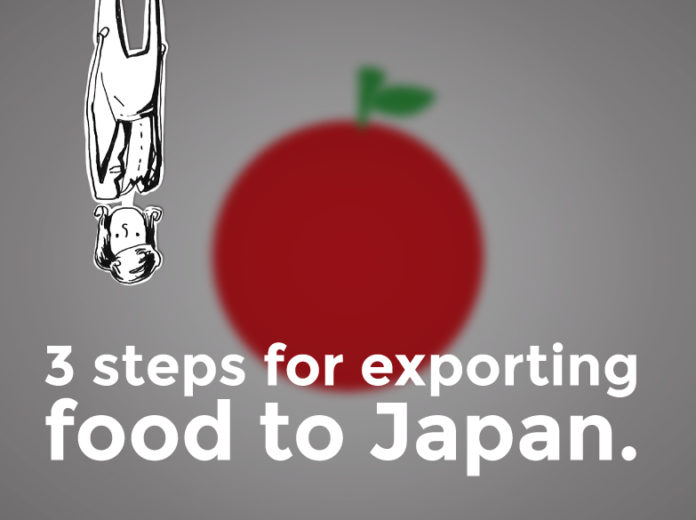Japan, like many other countries, has written procedures for the entry of foreign food products into its territory. These consist of three steps: import notification, inspection and obtaining the notification certificate.
Although existing international treaties stipulate the obligation of liberalizing foreign trade, countries can still stipulate certain requirements for the entry of foreign products into their territories. In the case of food products this margin is widely significant since import and export regulations aim towards protecting the health of citizens.
As many other countries, Japan has strict procedures for the entry of foreign food products into its market, which can be summarized in three major steps: in the first place, all producers must submit a prior import notice; in second place, Japanese inspectors can decide to inspect the cargo; and finally, those satisfying the two previous steps will obtain a notification certificate that is essential for the entry of merchandise into the country.
These requirements are mainly determined by the Food Sanitation Law. The government agencies regulating these issues are the Ministry of Agriculture, Forestry and Fisheries -MAFF-which manages affairs relating to agriculture, forestry and fishery products; the Ministry of Health, Labor and Welfare -MHLW- responsible for developing safety policies for the everyday life of its people; and the Food Safety Commission, which evaluates the consumption of food products in Japanese territory.
First step: import notification
In order to ensure the safety of imported food, Article 27 of the Food Sanitation Law requires importers to submit notice prior to importing. This article stipulates that those intending to import food, food additives, apparatus or packaging for marketing or for business use must notify MHLW.
Under pertinent regulations, imported products and related products cannot be offered for sale without the import notification, which must be submitted before completing customs clearance procedures.
Interested parties must fill out a Food Import Notification Form and send it to the responsible quarantine station at the port of importation. This import notification can be sent in writing or through the electronic system. Certain food products must also include the pertinent sanitary and phytosanitary certificates.
Second step: inspection
When inspectors determine that the cargo is subject to inspection they will issue the respective order for purposes of confirming compliance with the Food Sanitation Law. During the verification of documents, the inspector will validate the following elements that were reported in the Notification Form: export country, imported products, manufacturer, place of manufacture, ingredients, materials and additives used and the manufacturing methods.
Imported products and related products cannot be offered for sale without the import notification
Additionally, the inspector will verify if the imported food meets the manufacturing standards that are regulated under the Food Sanitation Law, if the use of additives meets the required standards or if it contains poisonous or hazardous substances. The inspector will also take into account if the manufacturer or the place of manufacture has a past history of sanitation problems.
Third step: notification certificate
If the document check and cargo inspection determine that the product is in compliance with the law, the MHLW quarantine station where the notification was initially submitted will issue a “notification certificate” to the importer and the importation will follow its course.
However, if the merchandise is not approved following inspection, it will not be imported into Japan. The quarantine station will inform the importer of the detected infractions and the importer must adopt corrective measures.
In order to simplify and streamline import procedures, simplified import notification systems are also available such as the Prior Notification System, the Import Planning System, and inspection results from other official inspection agencies in other countries, among others.







